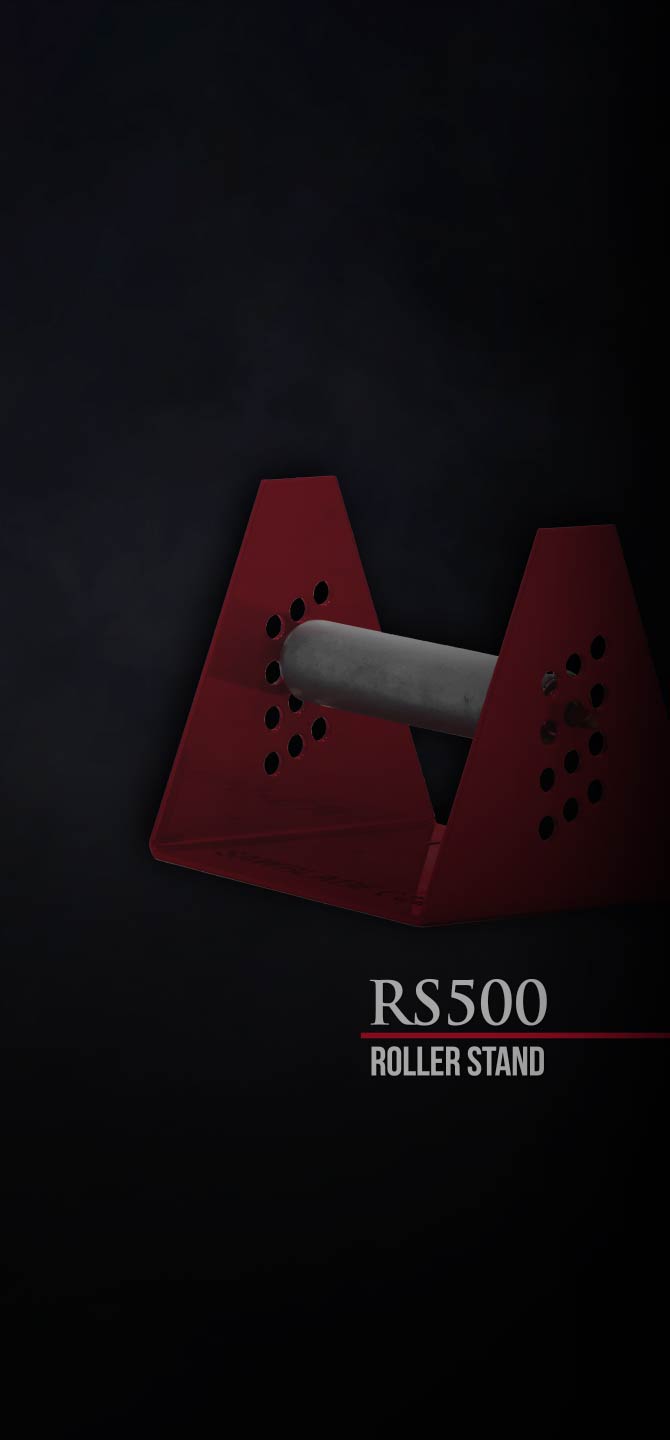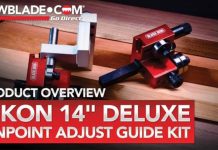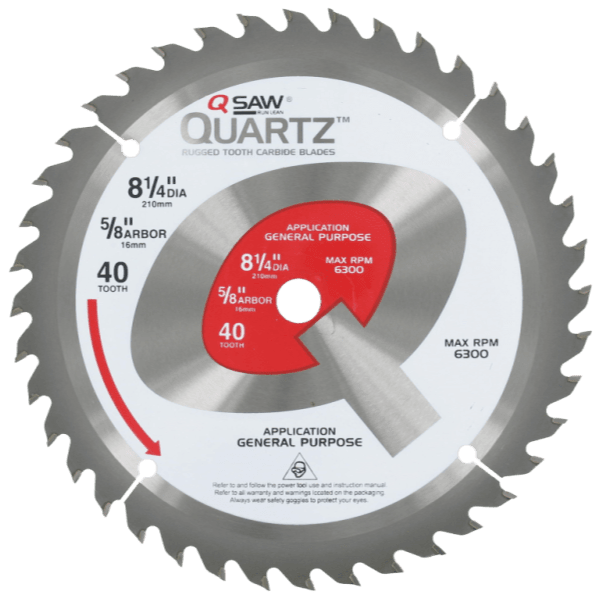Replacing the rubber tire on your band saw is a vital maintenance task that ensures smooth operation, precise cuts, and the longevity of your machine. Over time, tires wear down, causing issues like poor blade tracking and uneven cuts. By learning how to properly install a new tire, you can restore your band saw’s performance and extend its lifespan.
Tools and Materials You’ll Need
To effectively replace your band saw tire, gather the following essentials:
- Safety glasses and gloves for protection
- Zip ties or an O-ring for securing the tire
- A replacement rubber tire
- Band saw manual for wheel removal instructions
Having these tools ready will streamline the process and ensure a safe, efficient installation.
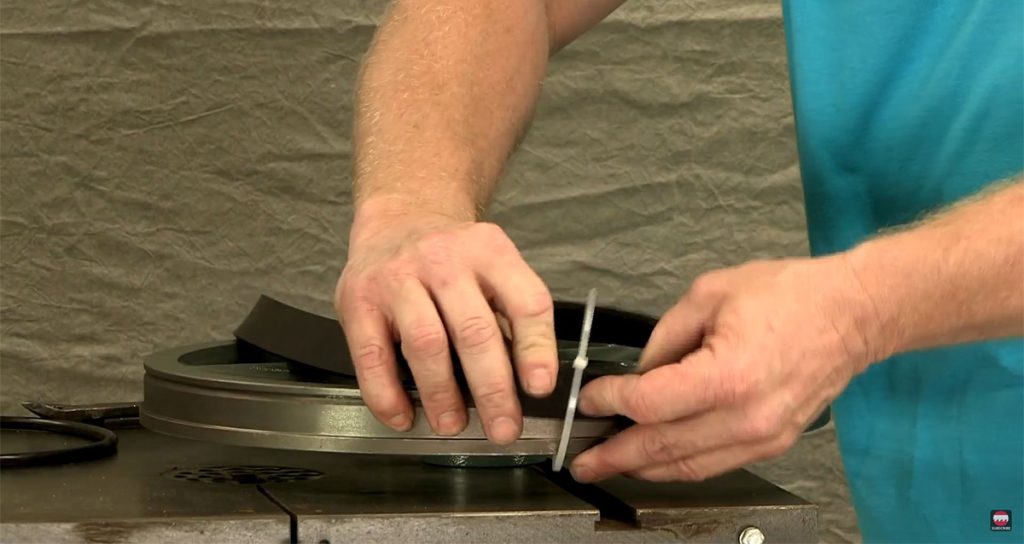
Why Proper Installation Matters
When a tire is worn or improperly installed, it can lead to blade misalignment, increased wear on the machine, and inconsistent cutting performance. Installing a new tire not only improves the accuracy of your cuts but also reduces stress on your band saw’s components. A properly fitted tire ensures reliable operation and maximizes the life of your tool.
Step-by-Step Installation Process
Installing a rubber tire on your band saw wheel involves a few straightforward steps:
- Remove the wheel from the saw according to your machine’s manual.
- Place the tire over the wheel, ensuring it is aligned with the flange.
- Use zip ties or an O-ring to secure the tire in place while working it evenly around the wheel.
- Inspect the tire to ensure it is evenly seated along the entire circumference.
- Reattach the wheel to the band saw and test the alignment.
This method ensures a tight, secure fit that supports smooth operation.
Rubber Tire Replacement Key Details
| Feature | Description |
|---|---|
| Tire Material | High-durability rubber |
| Tools Needed | Safety gear, zip ties, O-ring |
| Installation Time | Approximately 20 minutes |
| Benefits | Improved blade tracking, extended tire life |
| Maintenance Frequency | Check tires every 6-12 months or after heavy use |
By following these details, you can ensure a successful and efficient replacement process.
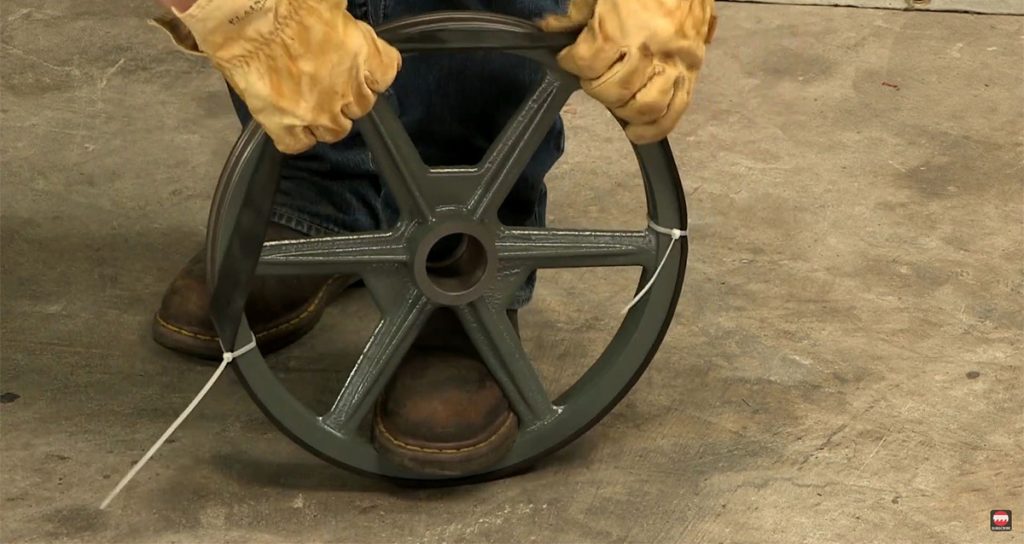
Common Mistakes to Avoid
When replacing your band saw tire, avoid these common mistakes:
- Stretching the tire unevenly, leading to poor alignment.
- Using the wrong size tire for your machine.
- Failing to check the tire’s position after installation.
Attention to detail will help prevent issues and ensure smooth operation.
Upgrade Your Cutting Game with the Q601 M42 Blade
Looking to boost the efficiency and durability of your band saw? Discover the Q601 M42 Bimetal Band Saw Blade, a tool designed for faster, cleaner cuts and extended blade life. Whether you’re tackling tough metals or demanding projects, this blade ensures top-notch performance. Check out our in-depth article, “Cut Faster & Longer with the Q601 M42 Bimetal Band Saw Blade,“ for detailed insights, tips, and recommendations to maximize your cutting potential. Don’t miss out on enhancing your band saw’s capabilities!
Additional Maintenance Tips
Proper tire installation is just one aspect of maintaining your band saw. Regularly clean debris from the machine, inspect the blade for wear, and lubricate moving parts to keep everything in optimal condition.
Replacing a band saw tire is a simple yet critical task that ensures your tool operates efficiently and produces precise cuts. By following these steps and using the right tools, you can extend the life of your machine and enjoy consistent performance. Proper maintenance doesn’t just improve your band saw it boosts your confidence in every cut.
